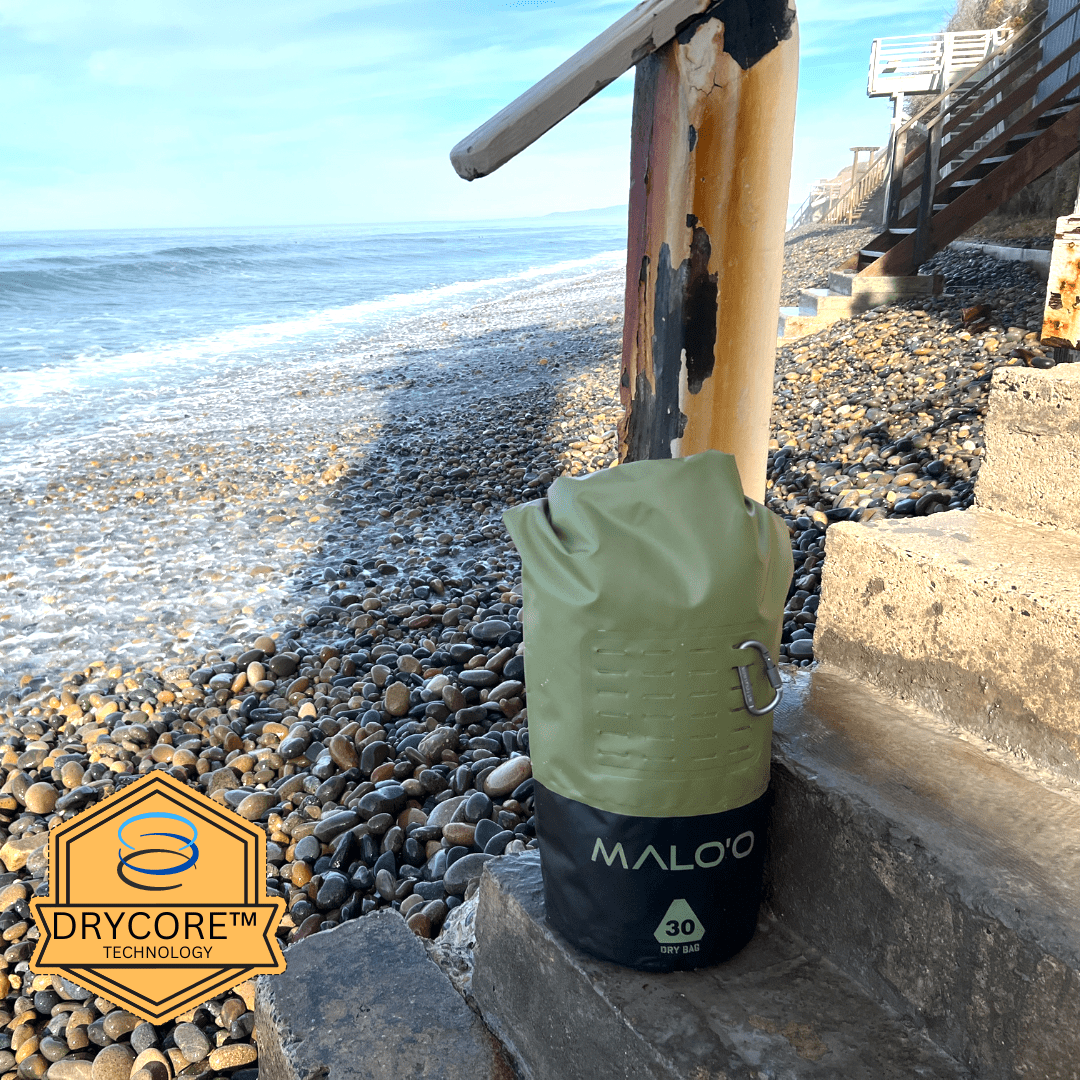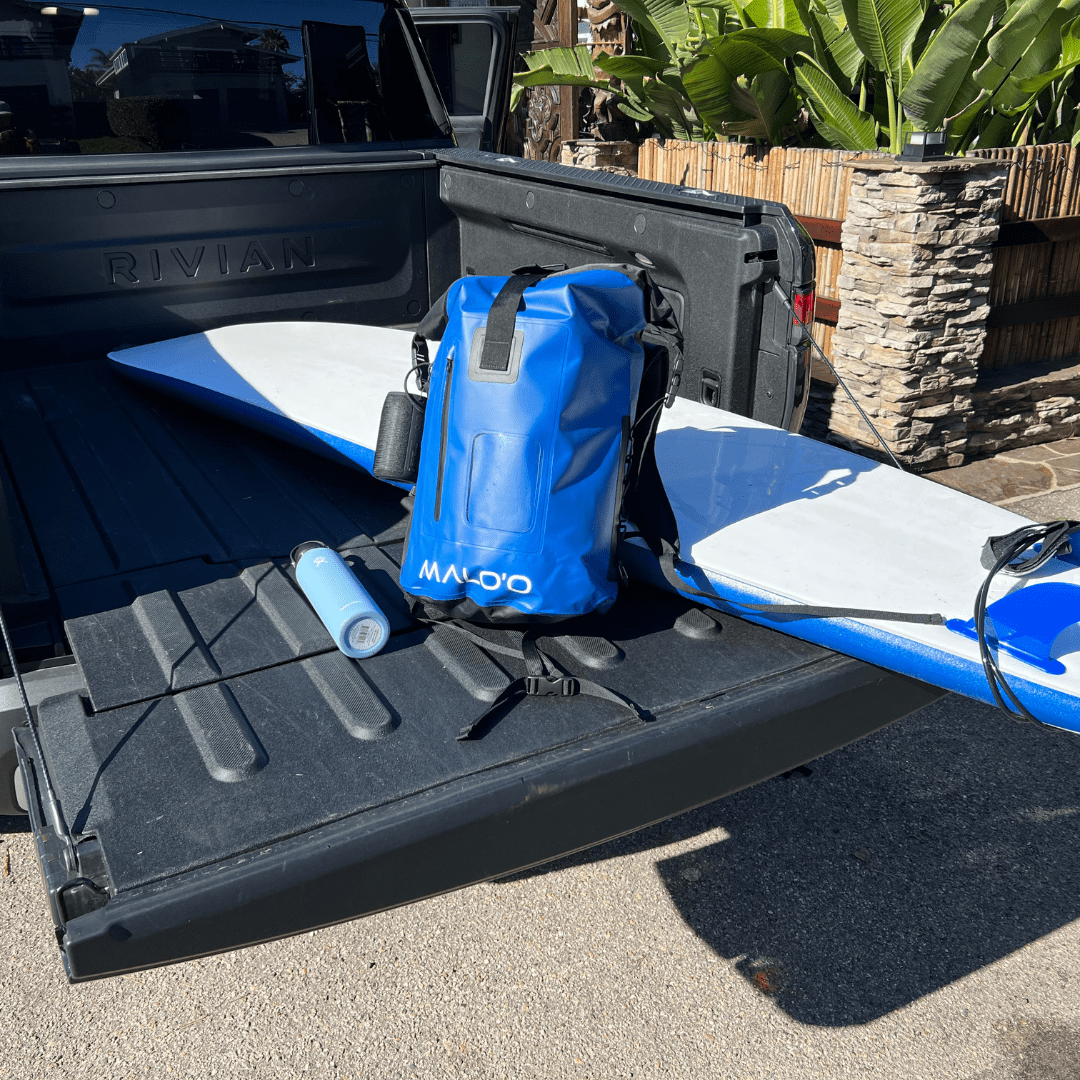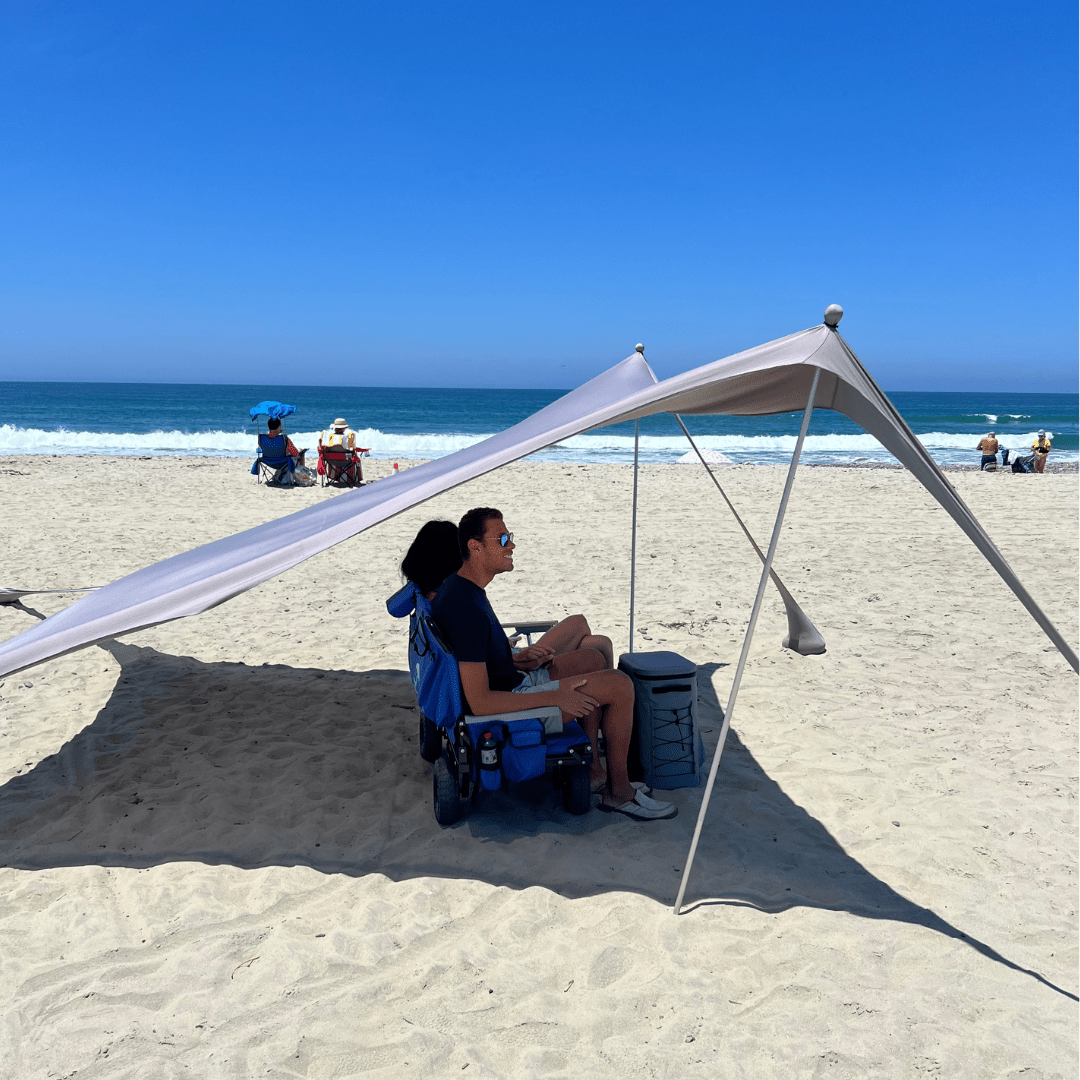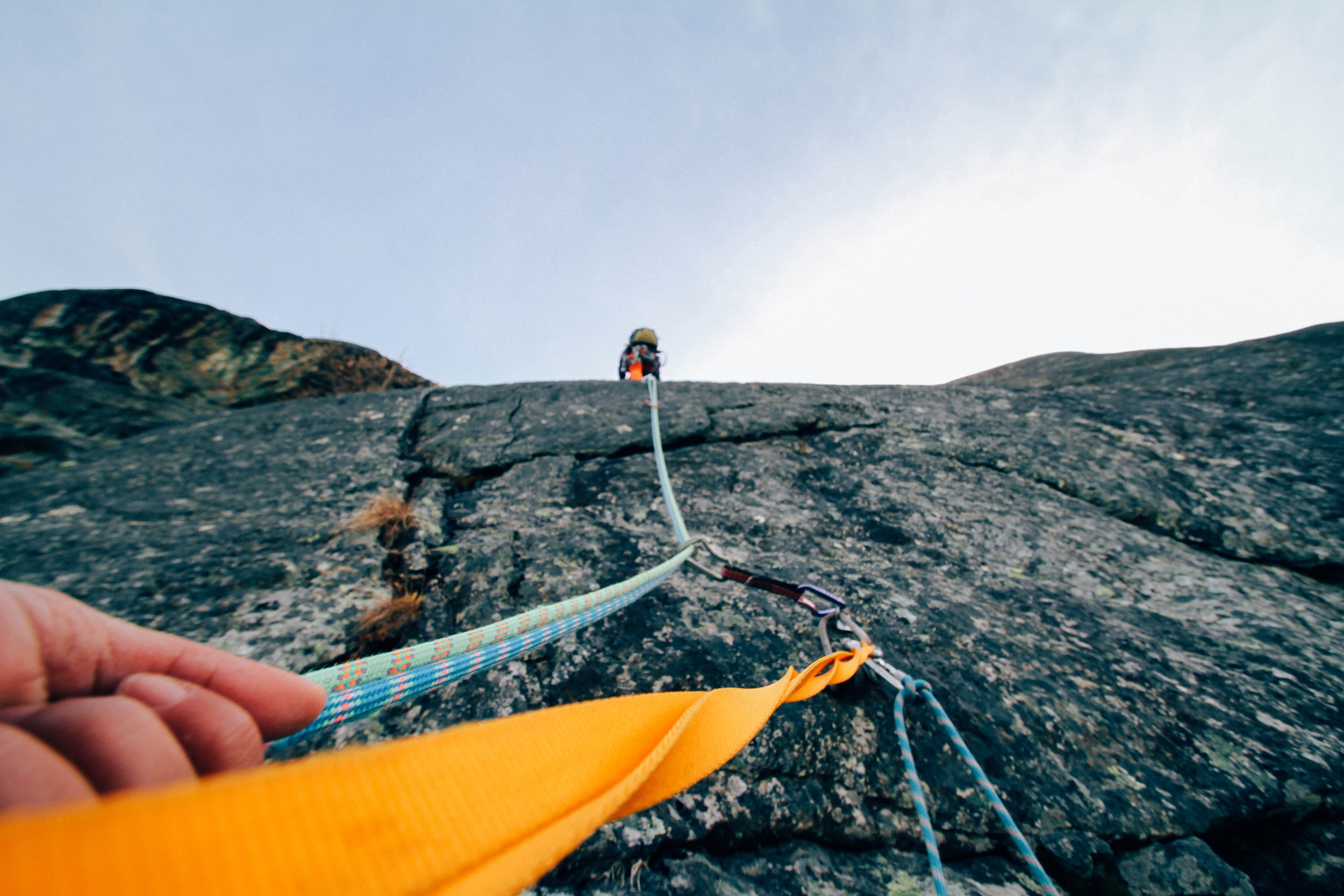So, summer’s around the corner. There’s gonna be a time for you to be away from the usual routine and indulge in whatever it is you’ve put off doing. You can finally get into the book you’ve been meaning to get into or finish the game you’ve been meaning to play. Or you can use the abundance of spare time you’ll be having over the summer to experiment and try stepping out of your comfort zone for once—like climbing, for instance, if you’re the kind of indoor person hoping to add some variety.
Do you consider yourself fairly athletic? If yes, then are you afraid of heights? No? Well, in that case, climbing won’t be a problem to you.
If you’re new to this, allow us to shed a light and demystify any misconception about climbing. Climbing can be complicated and difficult. It requires a great deal of stamina and sense of balance—even the ones who dedicate their lives to it professionally will tell you that proper physical conditioning is mandatory. But if you can manage those and overcome the learning curve, then we guarantee that you’ll experience a great deal of satisfaction once you’ve overcome your first climbable structure. The second one is that climbing itself as a sport has various alternatives to it, similar to how music has a myriad of different genres. For beginners, we suggest you start with indoor rope climbing to properly condition your body. Indoor rope climbing is popularly referred to by climbing clubs and gyms as training ground for a reason: the environment is more controlled and there’s gonna be help from professionals in case you suffer from a problem along the way, not to mention that you can learn further about the outdoor gear and equipment you’ll need before you start moving on to the outer climbing environment. Oh, and speaking of gear, here’s a basic list of what you need to be familiar with: a helmet, a pair of climbing boots, climbing ropes with carabiners, rappels, climbing chalk and a good waterproof backpack.
Once you graduate from indoor climbing, you can try your hands on, say, mountain climbing, rock climbing, or snow/ice climbing. Each has its own set of difficulty. For example, mountain climbing demands you to fully utilize the strength of your arms and legs to get to the top, rock climbing requires a great amount of stamina as well as overall strength, and snow/ice climbing puts your physical endurance to the test. Mountain climbers are, obviously, required to bring along a compass as a part of their gear. Rock climbing has a list of additional gear in the arsenal, taking account the styles of climbing as well: on-sight (a clean ascend without a beta or prior practice), flash (an ascend with a beta or prior practice), and redpoint (free-climbing). As for snow climbing, ice axes and crampons are pretty much mandatory. If natural monuments are not your thing, then there’s the extreme industrial climbing (or rope access) that sets in a modern tall building.
So that’s pretty much it for the basics. If you’re interested, you can head to your local climbing gym now and get practicing right away. We wish you the best of luck, and hopefully, with time and dedication, you can master it thoroughly.















